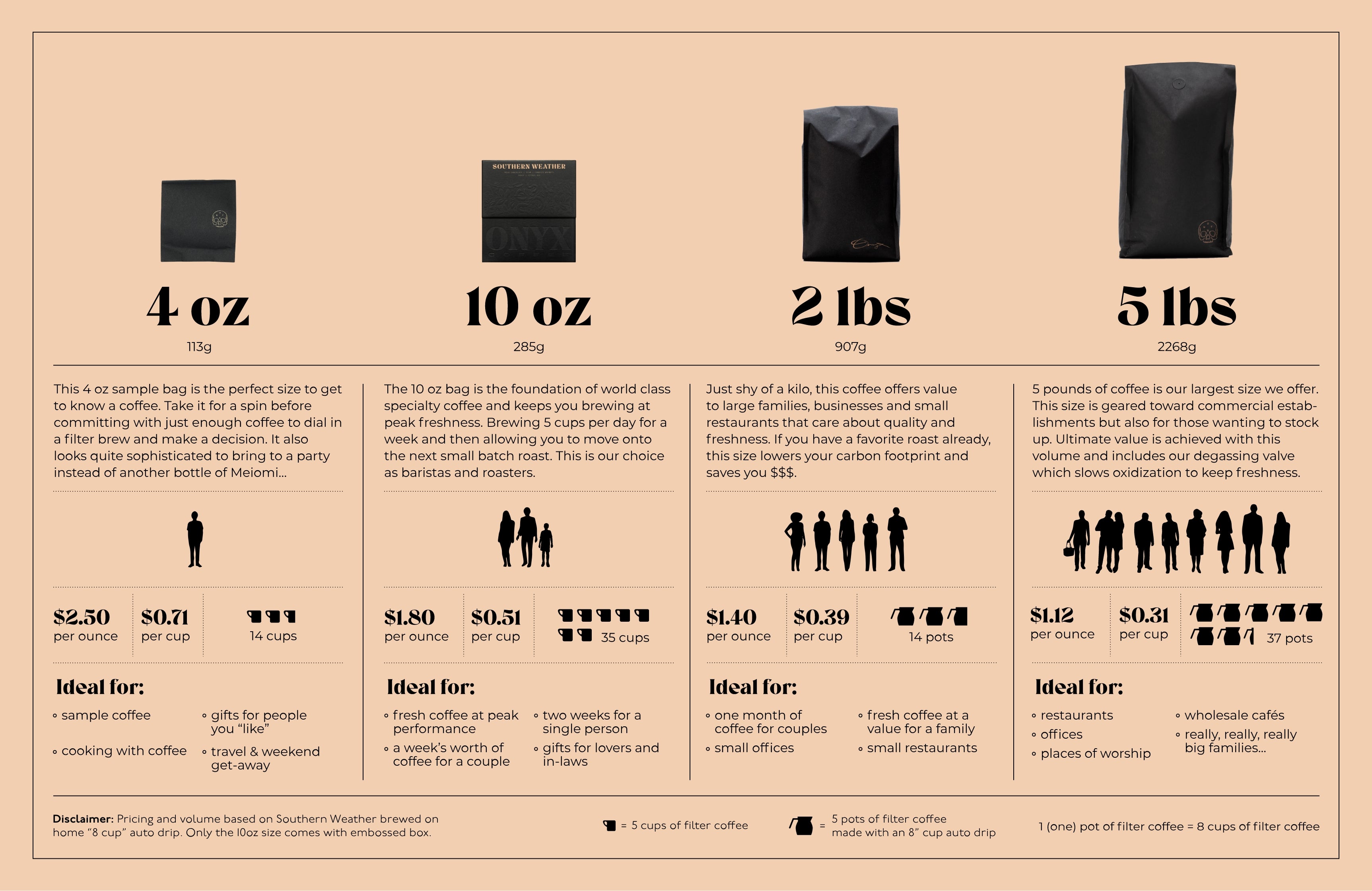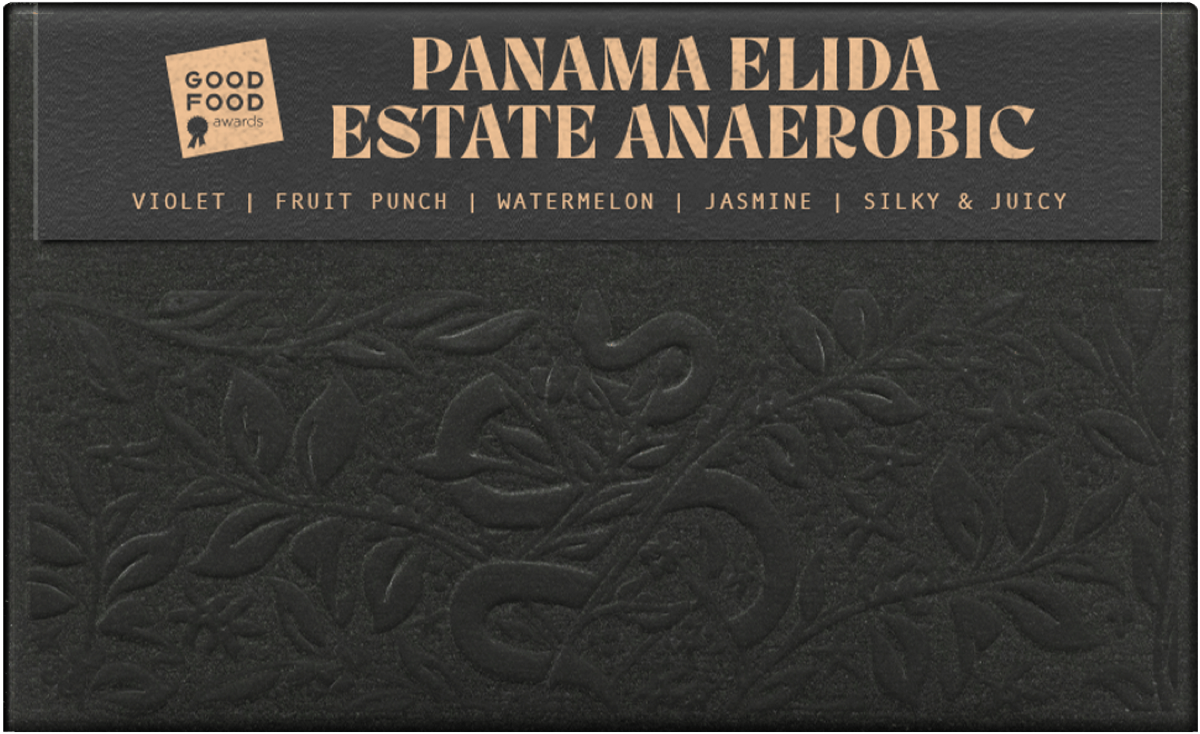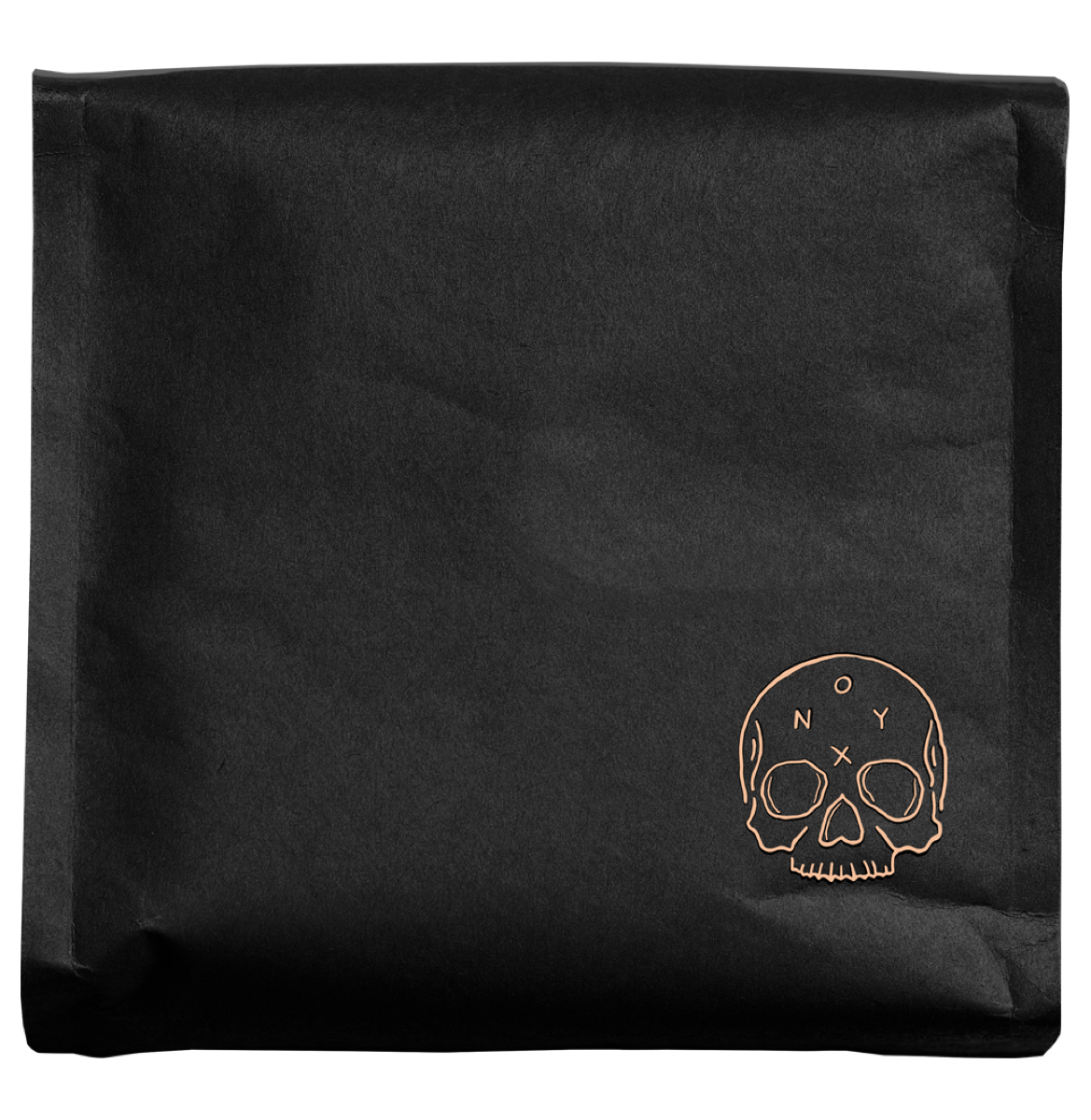Story
There are few legacies that loom larger over the specialty industry than the Lamastus Family. Year by year all the coffee news outlets report the record breaking coffees that Wilford Lamastus Sr. and Wilford Lamastus Jr. produce. High up in the mountains of Boquete, Panama at the foot of the Baru Volcano, Lamastus Family Estates is comprised of two farms, Elida Estate and El Burro. Robert Lamastus first planted coffee here on Elida Estate in 1918, and since the family has established the legendary quality that this land can produce.
We had the pleasure of visiting Elida Estate in early 2019 and we were greeted by Wilford Lamastus Sr. as he showed us around their mill and lab complete with a stunning view of the mountains. Elida is host to a unique microclimate due to its high elevation and incredible array of biodiversity. Cold nights combined with fog produce a long maturation rate of the plants, extending the ripening season sometimes up to a month. While they grow many varieties on each farm, the Lamastus family is world-famous for their Gesha variety. Much like other farms in the Boquete region, the Lamastus family were early adopters of this legendary variety. Since the early 90’s, Wilford Lamastus Sr. promoted this variety and pushed specialty coffee forward not only in Panama, but the world. Lamastus was integral in establishing the Specialty Coffee Association of Panama, which unites producers and farmers alike. Over two decades he built upon the hard work of his family and elevated coffee from Panama into what it is today. Their coffee regularly scores above 90 points due to their expert processing and the terroir of the Elida Estate. In 2019 they won the Best of Panama auction and smashed the record for most expensive coffee ever sold at $1,029 per pound, catapulting them into world news and onto several covers of magazines. Wilford Lamastus Jr. said this about their win - “Since the days my father started pushing with his few colleagues the creation of the Specialty Coffee Association of Panama to 29 years later achieving the records and making Panama Geisha a global brand. Today, Elida won as the best coffee, but in reality is about Panama because in the long run people will remember the origin and variety and not individual producers.”
ANAEROBIC PROCESSING
There are few leaps in the technique of processing coffee larger than the most recent trend of Anaerobic processing. This is oftentimes a technique of natural processing coffee, where whole cherries are fermented in a limited oxygen environment. The word Anaerobic is a catch all term used more often than not to refer to a limited oxygen environment. Coffee cherries are subject to a pre-fermentation before they are moved to a drying bed or patio. The extended fermentation often adds a winey or fruity note to the coffee. Throughout the world we’ve seen this practiced in many ways, from adding cherries into a clean grainpro and tying the top for the night, all the way to stainless tanks with an airlock on the top to slowly let out carbon dioxide caused by the microbes at work. There are many who are working to understand and better control this process to gain clarity on what is really going on with limited oxygen fermentation. Here is what Lamastus Family Estates says about their Anaerobic process:
“The ‘A’ stands for the anaerobic inoculation or fermentation, in this case we let the carbon dioxide emitted by the fruits out of the tank and don’t let any oxygen in. It is a six days- process of the whole coffee fruit in an anaerobic, or no oxygen tank, then after day six, the fruit goes into drying beds for a drying of more than 30 days. The “SD” stands for Slow Dry, and any drying period over 30 days is considered a slow dry. An interesting and important fact that happens with the anaerobic process: The anaerobic tanks with the whole fruits inside it, release its own concentrated liquid or coffee fruit juices. And, after the sixth day in the tank there is a significant amount of concentrated liquid from the coffee fruit. This leach is full of the flavors of the variety, the terroir where the plants are located, of natural yeasts, natural microorganisms, natural bacterias, and in concentration, just like when you take a grape and separate the concentrated liquid from the seed and the juices is later used.”



